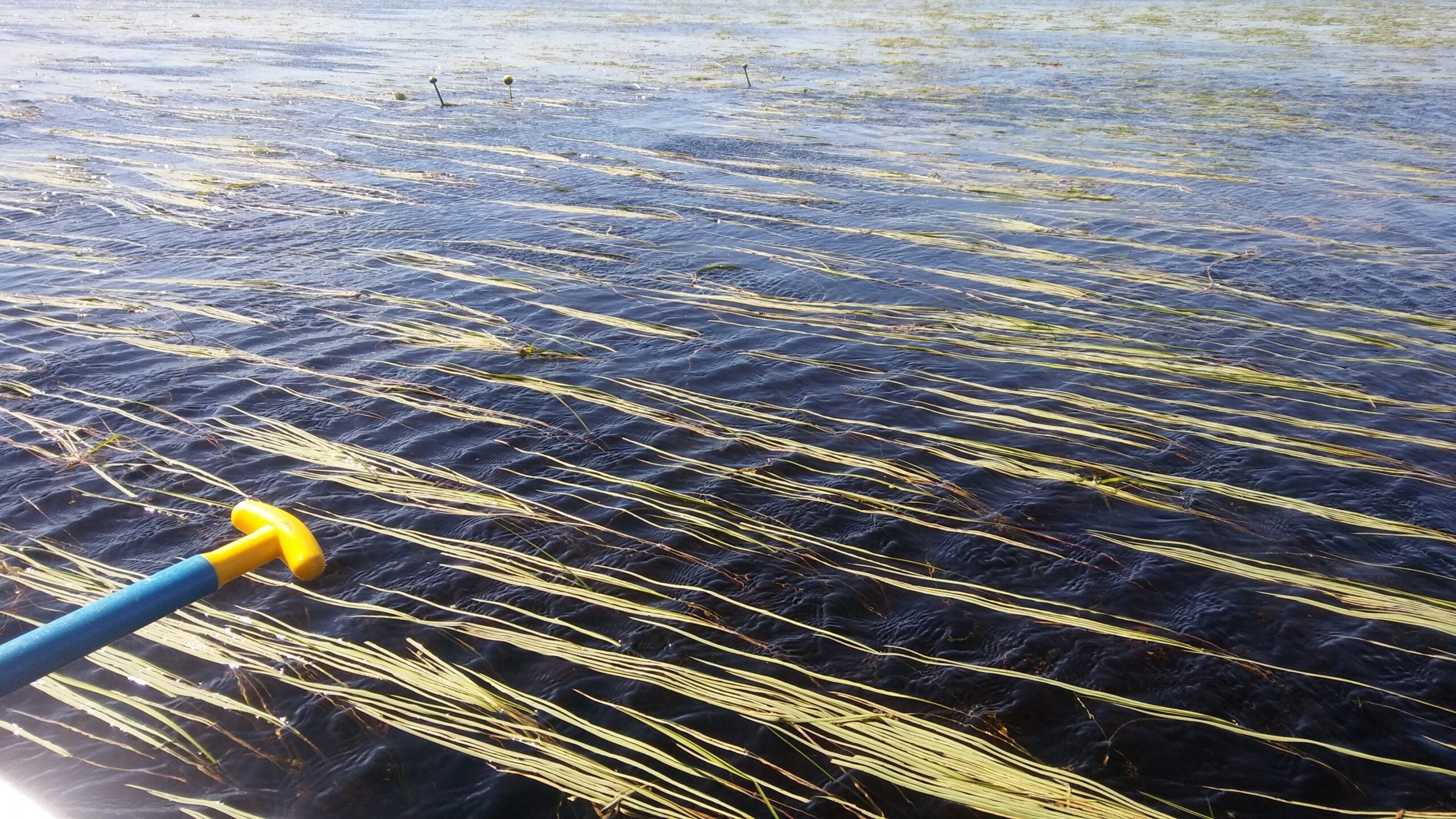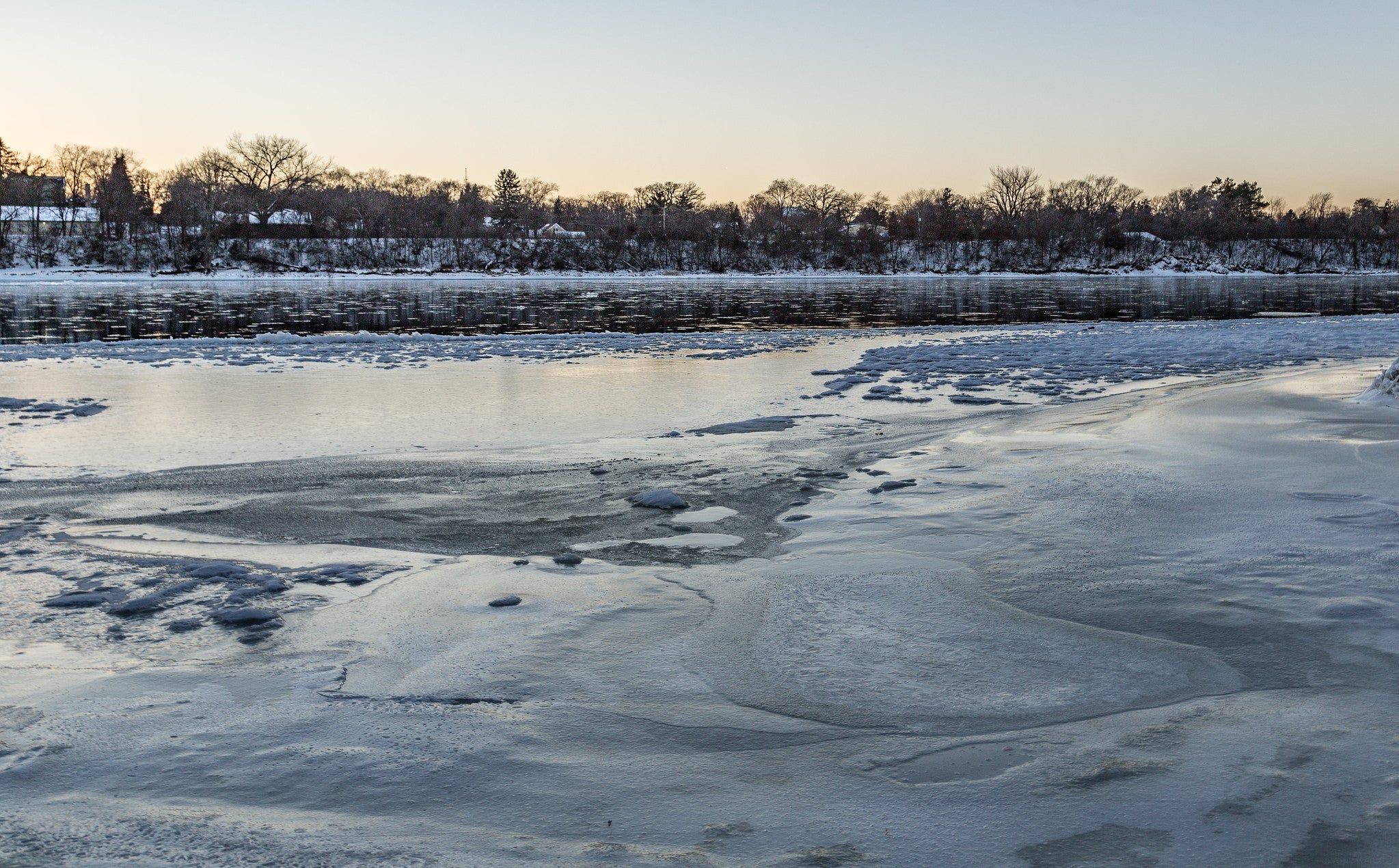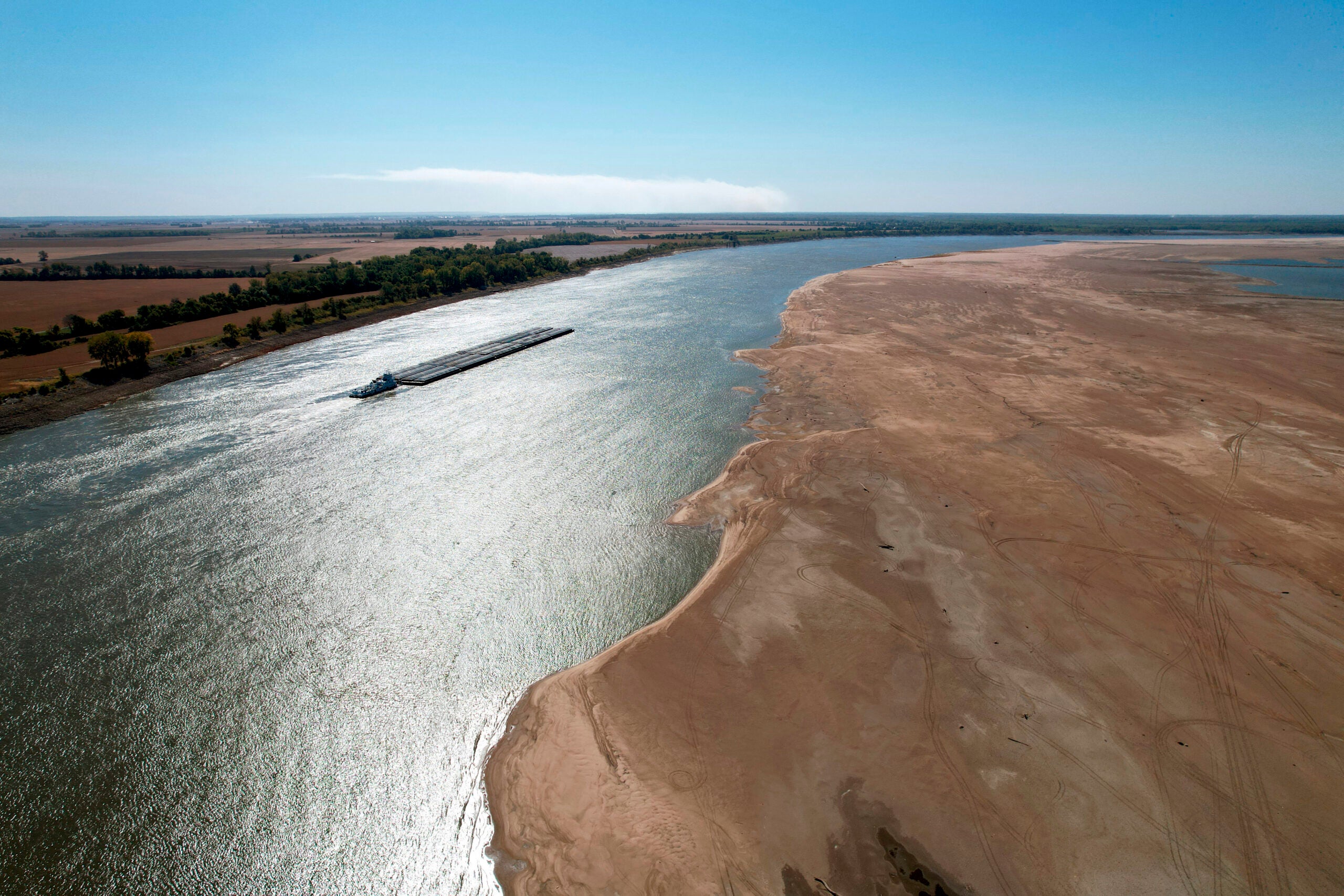In some Mississippi River channels and backwaters, people have been complaining about a thick, green mat growing on the water’s surface in recent years. Studies released this week explaining this phenomenon.
Free-floating plants, like duckweed and algae, can be rough on boats. An abundance of the plants also prevent sunlight from reaching the river bottoms, hurting plants and fish that under the surface and reducing oxygen production.
Studies released this week found that too much nitrogen and phosphate help the plants thrive. Also, waters more connected to the main channel are more likely to have a higher concentration of nutrients.
News with a little more humanity
WPR’s “Wisconsin Today” newsletter keeps you connected to the state you love without feeling overwhelmed. No paywall. No agenda. No corporate filter.
Researchers from the U.S. Geological Survey (USGS), Wisconsin Department of Natural Resources, and U.S. Army Corps of Engineers worked on the studies. USGS research ecologist Jeff Houser says you often hear about nutrients creating the dead zone in the Gulf of Mexico. Although not as extreme, he says this shows that high concentrations of nutrients are having a local effect.
“Dead Zone suggests really large areas devoid of life, and that’s not what’s going on,” said House. “But, there are clearly small pockets here and there throughout the backwaters where we do have these thick mats and we do have low dissolved oxygen concentrations.”
DNR water resources management specialist Shawn Giblin says the studies’ findings will better help them manage the ecosystem and state’s nutrient management plan.
“The generation prior to us, they were dealing with DDT and TCBs,” said Giblin. “We’ve kind of turned to corner on those issues. I think this is the next tier of issues we’re going to be looking at and trying to deal with.”
According to the USGS, the nutrients often come from fertilizers, industrial wastewater, and fossil fuel emissions.
Wisconsin Public Radio, © Copyright 2026, Board of Regents of the University of Wisconsin System and Wisconsin Educational Communications Board.





